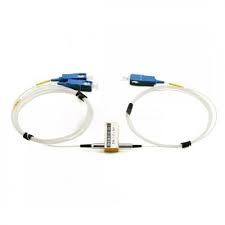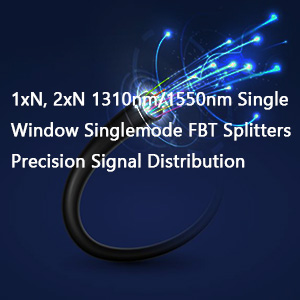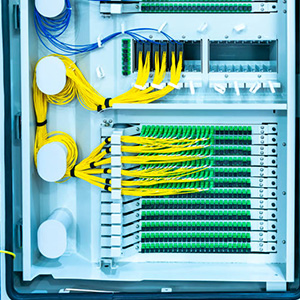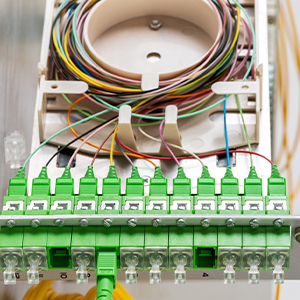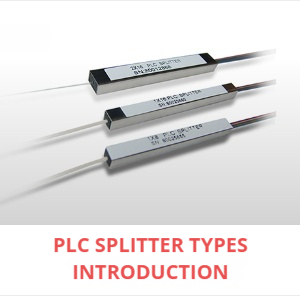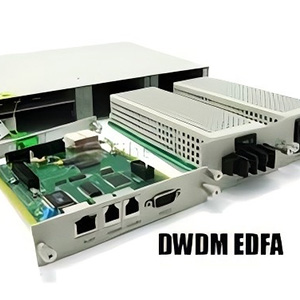In today’s rapidly evolving optical communication field, innovative technologies are continually emerging, propelling the industry forward. Bidi (Bidirectional) Opto-Mechanical Mini Optic Switches are one such burgeoning, efficient optical communication device that is reshaping our understanding of data transmission. This blog delves into the working principles, applications, and significance of these optic switches in optical communications.
What are Bidi Opto-Mechanical Mini Optic Switches?
Bidi Opto-Mechanical Mini Optic Switches are compact devices that integrate optical and mechanical technologies, capable of efficient data transmission in bidirectional communication. Unlike traditional optical switches, Bidi switches can simultaneously transmit and receive data within the same fiber, significantly enhancing communication efficiency and speed.
Working Principle
The core of Bidi Opto-Mechanical Mini Optic Switches lies in their opto-mechanical integration. They utilize miniature motors or actuators to precisely control the switching of optical paths, achieving signal transmission through micro-mirrors or fiber alignment. Here’s a basic outline of their working process:
- Optical Signal Input: The optical signal enters the switch through the input port.
- Optical Path Switching: The position of micro-mirrors or fibers inside the switch changes through miniature motors or actuators, directing the optical signal to a specific output port.
- Optical Signal Output: The optical signal exits the switch through the output port, completing the data transmission and exchange.
This high-precision optical path control ensures accurate data transmission and allows for rapid switching, enhancing communication response times.
Application Areas
The extensive application of Bidi Opto-Mechanical Mini Optic Switches makes them a crucial component in optical communication networks. Here are some primary application areas:
- Data Centers: In data centers, these switches facilitate high-speed data exchange and transmission, optimizing network structure and reducing latency.
- Fiber to the Home (FTTH): In FTTH applications, they are used for distributing and managing optical signals to home users, improving network coverage and reliability.
- 5G Communication: With the proliferation of 5G networks, these switches are increasingly used in base stations and core networks to support large-scale data traffic transmission.
- Industrial Automation: In industrial automation, they enable high-precision optical detection and control, enhancing production efficiency and product quality.
Technical Advantages
The preference for Bidi Opto-Mechanical Mini Optic Switches in the optical communication field is mainly due to the following technical advantages:
- High Efficiency: Their bidirectional communication capability makes data transmission more efficient, reducing the time delay of unidirectional transmission.
- Miniaturization: The compact design allows integration into more devices, adapting to various complex application scenarios.
- High Reliability: The opto-mechanical integration ensures precise optical path control and stable data transmission.
- Low Power Consumption: Compared to traditional optical switches, Bidi switches consume less power, helping reduce overall operational costs.
Future Prospects
As optical communication technology continues to advance, the application prospects of Bidi Opto-Mechanical Mini Optic Switches become even broader. In the future, we can expect more innovative applications and technological breakthroughs. For instance, in quantum communication and optical computing, Bidi switches will play a more critical role, driving the entire industry forward.
Conclusion
Bidi Opto-Mechanical Mini Optic Switches, as an emerging optical communication device, are leading a new wave of optical communication technology with their efficiency, reliability, and miniaturization. With their widespread application across various fields, Bidi switches, especially those from Fiber-Life, are poised to become an indispensable part of future optical communication networks. Through continuous technological innovation and optimization by Fiber-Life, we have every reason to believe that the future of optical communication will be brighter and more promising.

